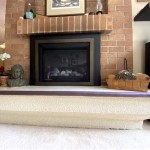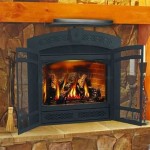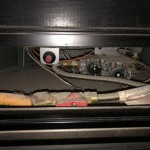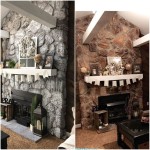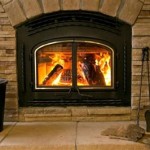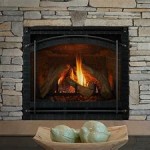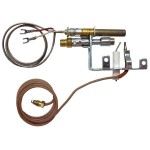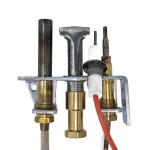Essential Aspects of Crafting a DIY Outdoor Tabletop Fireplace
A DIY outdoor tabletop fireplace can elevate your outdoor living space, providing warmth, ambiance, and a touch of rustic charm. While the prospect of creating your own fireplace may seem daunting, it's a project that can be tackled with minimal experience and proper planning. Here are the essential aspects to consider when embarking on this endeavor:
Material Selection
The foundation of your fireplace lies in the materials you choose. Concrete, cement, and fireclay are popular options for the base, providing durability and heat resistance. For the tabletop, a refractory material like firestone or concrete composite is recommended to withstand the intense heat. Consider using heat-resistant paints or sealants to protect the materials from discoloration and wear.
Design and Dimensions
Determine the desired size and shape of your fireplace based on the available space and your personal preferences. Remember that larger fireplaces require more materials and may be more challenging to build. Plan for proper ventilation by incorporating ventilation holes or slots in the design. These vents will ensure adequate airflow, allowing the fire to burn efficiently while preventing smoke buildup.
Combustion System
The heart of the fireplace is the combustion system, which determines how the fire burns. Ethanol burners and propane burners are widely used in tabletop fireplaces, offering convenience and consistent flame control. Ethanol burns cleanly, producing minimal smoke or odor, while propane provides a more intense heat. Consider the fuel efficiency, convenience, and safety measures associated with each option.
Safety Features
Safety should be paramount in any fireplace design. Locate the fireplace in a well-ventilated area, away from flammable materials. Incorporate a protective barrier around the flames, such as a mesh screen or tempered glass, to prevent accidental contact with the fire. Use fire-resistant materials for the base and tabletop, and avoid placing combustible items on or near the fireplace.
Installation and Maintenance
Follow the manufacturer's instructions carefully when installing the combustion system and connecting the necessary components. Ensure the fireplace is stable on a level surface and regularly clean the burner and ventilation system to maintain optimal performance and longevity. Inspect the fireplace periodically for any damage or wear, and address any issues promptly to prevent safety hazards.

You Have To See These Diy Non Toxic Table Top Fire Pits

How To Make A Backyard Fire Pit For

Diy Tabletop Fire Pit Mighty Mrs Super Easy Recipes

You Have To See These Diy Non Toxic Table Top Fire Pits

Diy Outdoor Fire Table Hamilton Park Home

Diy Tabletop Fire Bowls Pits The Garden Glove

You Have To See These Diy Non Toxic Table Top Fire Pits

Diy Tabletop Fire Bowls Pits The Garden Glove

Diy Outdoor Fire Table Hamilton Park Home
12 Best Outdoor Fire Pit Ideas Diy Backyard
Related Posts

